Sometimes choosing titles that are appropriate for a Reading and Writing Workshop can be difficult. Mentor texts should model writing styles and behaviors as well as offer a variety of figurative language and word play to introduce students to good writing habits. They should also cover a variety of genres and include different types of narratives, which can be used for modeling writing styles and influencing mini-lessons. Altogether, mentor text choices should help guide young writers through the process. Below are a few fun titles to help spark students’ interest in the creative process.
Any Questions? by Marie-Louise Gay ![]()
Grades 1-4, Level P, Lexile 470
Author/ illustrator Marie-Louise Gay takes young readers on a tour of the writing process in this beautifully illustrated picture book. In the first pages, the author is bombarded with questions from kids who want to know everything from “Do you draw with a pencil?” to “Can your cat fly?” (Gay provides answers to all of these questions at the end of the book, and sadly, no, her cat cannot fly). Her answer to the question “Where does a story start?” takes her young questioners, and the reader, on a journey through the creative process. Children learn that a story can begin with a word or idea or even a piece of colorful paper. With the help of her young collaborators, Gay creates a stand-alone tale within Any Questions? that gives burgeoning writers a chance to see the different pieces of the writing process come together in a complete story. This delightful picture book is a great mentor text for a writing workshop and gives inexperienced writers a step-by-step guide on how to construct a story.
questions from kids who want to know everything from “Do you draw with a pencil?” to “Can your cat fly?” (Gay provides answers to all of these questions at the end of the book, and sadly, no, her cat cannot fly). Her answer to the question “Where does a story start?” takes her young questioners, and the reader, on a journey through the creative process. Children learn that a story can begin with a word or idea or even a piece of colorful paper. With the help of her young collaborators, Gay creates a stand-alone tale within Any Questions? that gives burgeoning writers a chance to see the different pieces of the writing process come together in a complete story. This delightful picture book is a great mentor text for a writing workshop and gives inexperienced writers a step-by-step guide on how to construct a story.
Woof by Spencer Quinn
Grades 3-7, Lexile 650
Readers are introduced to the crime-busting team of Birdie and Bowser in this juvenile debut from author Spence Quinn. Birdie Gaux lives with her grandmother in a small town on  the Louisiana swamp. For her birthday, Grammy takes Birdie to the local animal shelter where she meets her new best friend, a smart mutt by the name of Bowser. The two quickly become inseparable despite Grammy’s worry that Bowser will eat them out of house and home. It’s a good thing, too, because they soon discover that Grammy’s prize stuffed marlin has been stolen from the family bait shop. The missing fish is linked to an old rumor about buried treasure, and Birdie and Bowser are on the case! What makes Woof a unique mystery is that it’s told in the first-person from Bowser’s point of view. Readers get the inside scoop on what goes through a dog’s mind and the unique perspective it can give to a mystery. Bowser has the best of intentions but frequently gets distracted and doesn’t have a great memory. This entertaining tale can be used to inspire mini-lessons, as students can explore voice and point of view by writing from the mind of different animals or favorite characters.
the Louisiana swamp. For her birthday, Grammy takes Birdie to the local animal shelter where she meets her new best friend, a smart mutt by the name of Bowser. The two quickly become inseparable despite Grammy’s worry that Bowser will eat them out of house and home. It’s a good thing, too, because they soon discover that Grammy’s prize stuffed marlin has been stolen from the family bait shop. The missing fish is linked to an old rumor about buried treasure, and Birdie and Bowser are on the case! What makes Woof a unique mystery is that it’s told in the first-person from Bowser’s point of view. Readers get the inside scoop on what goes through a dog’s mind and the unique perspective it can give to a mystery. Bowser has the best of intentions but frequently gets distracted and doesn’t have a great memory. This entertaining tale can be used to inspire mini-lessons, as students can explore voice and point of view by writing from the mind of different animals or favorite characters.
Bad Kitty: Drawn to Trouble by Nick Bruel
The newest Bad Kitty book takes aspiring young writers through each step of story creation in this humorous look at the writing process. Each chapter takes a closer look at various components necessary to story building, including explaining the roles of the author and illustrator, the importance of creating conflict with an antagonist and how to devise a clever plot. Author Nick Bruel’s drawings help illustrate the different procedures talked about in the text, and series regular Uncle Murray is on hand to help explain the finer points of story writing, including the difference between plot and theme, and closed and open endings.
Letters to Leo by Amy Hest
Grades 3-5, Level O, Lexile 460
Annie Rossi has stories to tell! And she tells them to her dog, Leo, in letters she keeps in a journal under her bed. The reader gets to experience life through Annie’s eyes as she shares her ups and downs through the fourth grade. Annie is always cheerful, and she writes notes to Leo talking about her troubles at school, her new glasses and why it’s important for Leo to follow her dad’s rules. She also tells Leo all about her mom, who passed away when Annie was young. Leo becomes Annie’s confidant as she shares her trials and tribulations with poetry, spelling bees and the unfairness of not being allowed to bring your dog to the library. This is a great text to introduce students to letter writing and journal keeping, as well as to explore the motivations of characters who write.
The Right Word: Roget and His Thesaurus by Jen Bryant
Grades K-3, Lexile 590
Recently named a Caldecott honor book, this charmingly illustrated picture b ook tells the story of Peter Mark Roget, whose love for books and words eventually led to the creation of one of the world’s most important reference books. As a child, Roget made lists; making lists was his way of organizing his thoughts and ideas. This habit lasted into his adulthood and is often reflected in Melissa Sweet’s vibrant illustrations, which consist of watercolors layered over a variety of images and text. The Right Word can be used as a mentor text to show young writers the power and importance of word choice and the benefits of collecting words and curating lists of ideas.
ook tells the story of Peter Mark Roget, whose love for books and words eventually led to the creation of one of the world’s most important reference books. As a child, Roget made lists; making lists was his way of organizing his thoughts and ideas. This habit lasted into his adulthood and is often reflected in Melissa Sweet’s vibrant illustrations, which consist of watercolors layered over a variety of images and text. The Right Word can be used as a mentor text to show young writers the power and importance of word choice and the benefits of collecting words and curating lists of ideas.
Read More on Mentor Texts:
Top 10 Mentor Texts for Opinion Writing
Read Alouds of Mentor Texts Can Jump-Start Writing Projects
Top 10 Mentor Texts for Argument Writing in Grades K-3


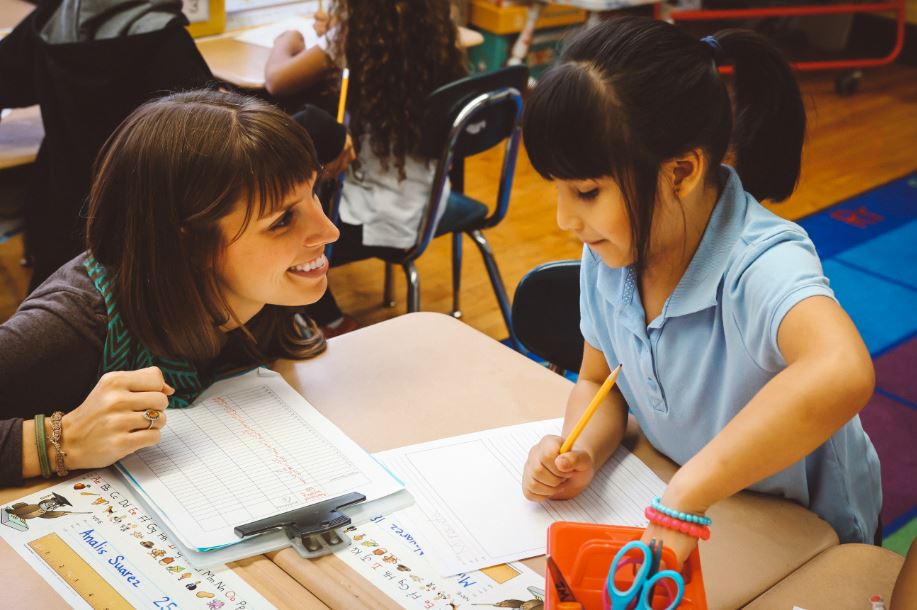


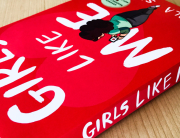
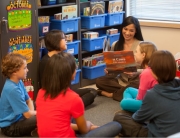
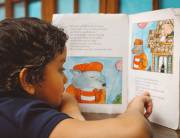
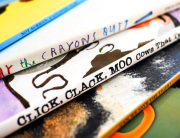
Leave A Comment